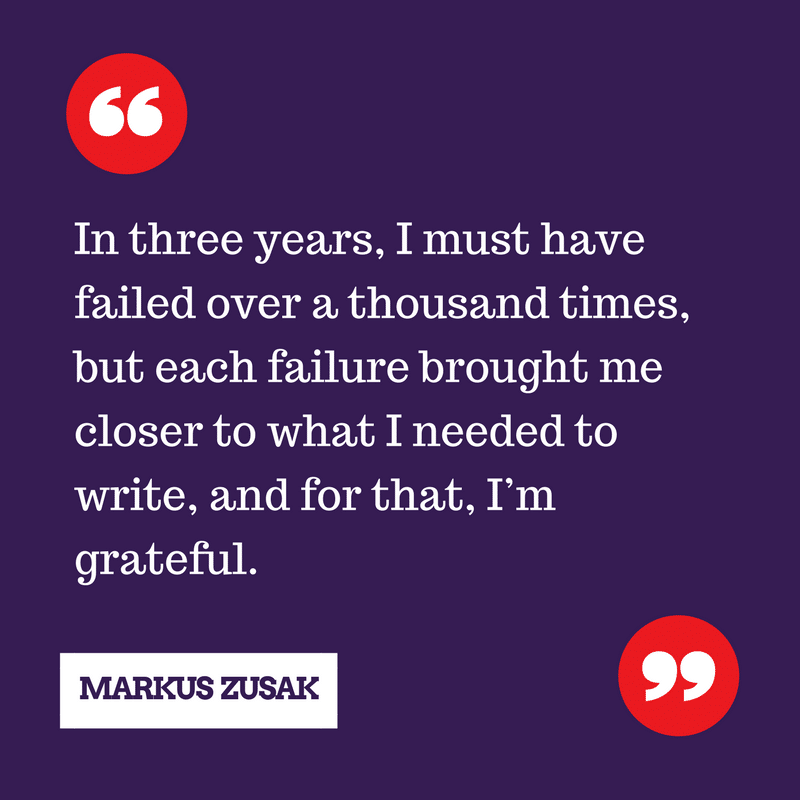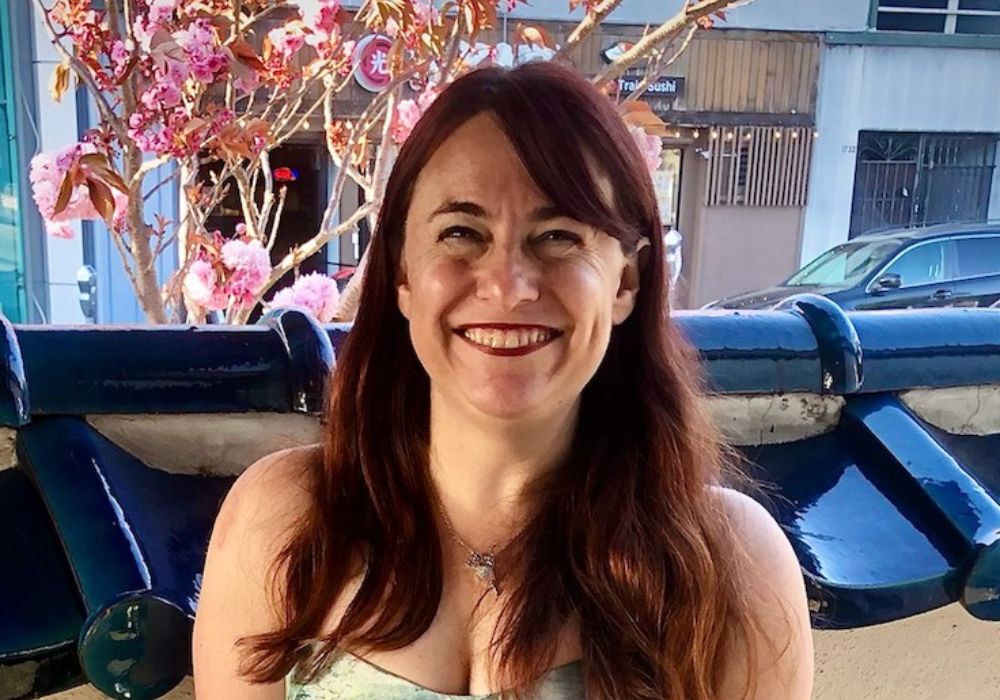
Where do story ideas come from? And how do you grab hold of those raw ideas and turn them into something more.. story-ish? How come some people are able to pull amazing story concepts out of thin air and bash out a Booker Prize-winning novel before lunch, meanwhile we’re sitting here with our twelfth cup of tea scrolling Twitter?
Well.
Harnessing story ideas isn’t exactly magic, but it does require a certain amount of ‘magical thinking’. Seamless segue into Ursula K Le Guin–based inspiration coming up…
What do ideas-people do to make them so idea-y?
When Ursula K Le Guin published The Wizard of Earthsea in 1968, it didn’t just pop into her head, fully formed, like magic. She’d already published two short stories (The Rule of Names, and The Word of Unbinding) set in the world of Earthsea, and written another that was never pubilshed. These early ideas contained early concepts for the Earthsea setting, its magic, and even introduced characters who later appeared in the novel. When a publisher asked her to write a book ‘for older kids’ she started to explore (and subvert) the concept of ‘wise, ancient wizards’ and where they might have come from. But here’s the important thing: these ideas didn’t spring into her head in isolation. Le Guin, perhaps surprisingly, lived in the world, whereupon she saw stuff, heard stuff and read stuff that all fed into her idea-machine. She studied and read and absorbed the cultural phenomena of her generation into her subconscious. Earthsea was influenced by Native American legends, Norse mythology, Taoism, her interest in anthropology, and — oh yes — those short stories she’d written years before. All of these things collated and collided to create a brand new fictional world. And the rest – the entire twisty turny uppy-downy rest – came later, after lots of thinking, writing, planning, crossing out, planning, writing, crossing out, planning, writing and some more crossing out.
So, here’s the first lesson: the Earthsea series was not one big idea. It was a whole mishmash of little ideas all smooshed together that eventually created the phenomenon we know today. Remember the famous quote, by an unknown very wise human: “To steal from one person is plagiarism; to steal from many is research.”

Markus Zusak, author of The Book Thief, which sold over 8 million copies and was on the New York Times Bestseller list for over 230 weeks, reckons he wrote 200 versions of the narrator before he reached that unique voice. The initial idea – a story about a girl during World War II – has to rank pretty highly on a list of ideas that have been done before. Just a few times, mind.
So what are these magical ideas-people doing that you’re not? Apart from having a literal fuck-tonne of stamina to get from the beginning to the end, it’s these three things <cue inspirational music>:
- They aren’t afraid of cocking up
Do not be afraid of failure. In fact, scratch that. EMBRACE fucking up. The fuck ups are important; we call them zero drafts. - They don’t sit on ideas
Do not save your best ideas till last. Get them out now and even better ones will come. That’s a promise. When you’ve got an idea in your head it’ll brew nicely for a bit but eventually it’ll stew. And then you’ll end up with a horrible metallic tasting idea full of tannin and those weird little skin bits that float on the top of the water <SOUND THE TEA METAPHOR KLAXON>. That idea also won’t allow room for anything else. Really it won’t. It’ll be a big fat idea hog. So write it down. Tell your cat. Etch it in permanent marker on your Nan’s new sofa. Hold a referendum and expel it back to where it came from. Do anything, just shift it. - They know that the idea is not the be-all and end-all
More often than not, it’s the execution of the idea that counts. “Young man fights the bad guys” sounds like a shit story, right? That’s Star Wars. That’s Indiana Jones. That’s Beowulf, for the love of all that is literary. How many other stories does that apply to? And how different are they all in the end? Zigakly.
Feeling idea-y yet? Probably not. That’s because you only get things done by, err, doing things. So onwards to the exercises!
FIRST: A QUESTION:
How many different stories can you think of that uses the premise “young man fights the bad guys”? Don’t limit yourself to books, any story will do – films, TV shows, graphic novels, plays, whatevs. What do you notice about the execution of your different examples?
NEXT: A WRITING EXERCISE – INCREMENTS OF A STORY
Take the premise “young man fights the bad guys”. You’re going to come up with five different iterations – and therefore five different story ideas – by changing each word in the sequence, and then gradually adding stuff in as it pops into your brain. Don’t panic if it sounds daunting. We’ll talk you through step by step below – just trust that your writerly brain will keep you going once you get going. But before we start, have a little listen to Ol’ Bruce here. His advice is sound.
Now, here’s our example, with notes so you can see how we got from one place to the next:
Concept: young man fights the bad guys
[A young man? Blah. Let’s throw some emotional turmoil in there because all stories need a bit of that. I’m going to change young to scared]
First draft: scared man fights the bad guys
[Eh. It’s always men fighting the bad guys. Time for a switch. I’m going to flip the everyman out and add in someone a bit more unexpected: a young girl]
Second draft: scared girl fights the bad guys
[I’m a pacifist, yo. Less fighting, more running the frick away from the scary dudes. Change ‘fights’ to ‘runs and hides’]
Third draft: scared girl runs and hides from the bad guys
[Who are these bad guys? Well, mafia bosses, duh. They’re the baddest of the bad, aren’t they?]
Fourth draft: scared girl runs and hides from the mafia bosses
[Time for a bit more details. What did the mafia bosses do that’s so bad? Killing tends to be their schtick, so we’ll have some of that. And let’s make it the girl’s parents who died because that’s got emotional clout]
Fifth draft: scared girl runs and hides from the mafia bosses who killed her adoptive parents
[Yeah so I totally got carried away here because once you start idea-ing, your brain tends to keep on going…]
Sixth draft: scared girl goes into hiding to learn kung fu so she can lay her righteous vengeance down on the mafia bosses who killed her adoptive parents.
Now it’s your turn. Start from the beginning: “young man fights the bad guys”. Change one word, then change the next, then add some detail and have fun.
Remember none of this matters in the real world. Don’t freak out and think this has to be the beginning of your Pulitzer Prize-winning novel. It doesn’t. Tell the monkey chatter in your brain to shut the fuck up. Tell the monkey in your brain that *WE* said to shut the fuck up. Tell the interminable inner critic to do one. Have some fun.
Keep going. How far can you go? Are new ideas popping into your head as an old one leaves? How big does your idea get before you run out of steam? What’s the final idea?
NOW: TAKE IT TO THE REAL WORLD
You come across stories everywhere in real life – on TVs, on radio, in the news, in the book you’re reading (obv). When you have a spare three seconds – when you’re hanging up the laundry or doing some dishes or waiting for the delayed train or whatever – see if you can do Increments of a Story on something you’ve spotted today.
Want more? We take this exercise to the next level in our Seven Ideas in Seven Days course!








